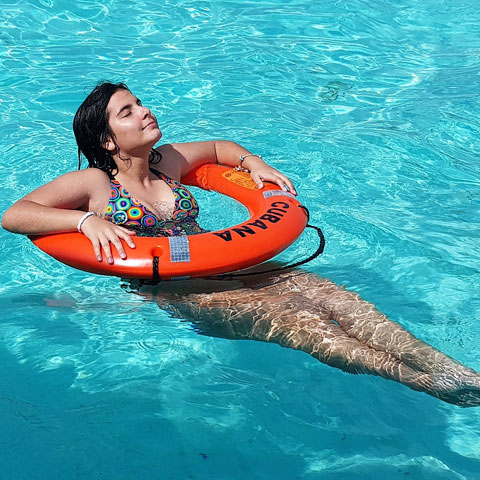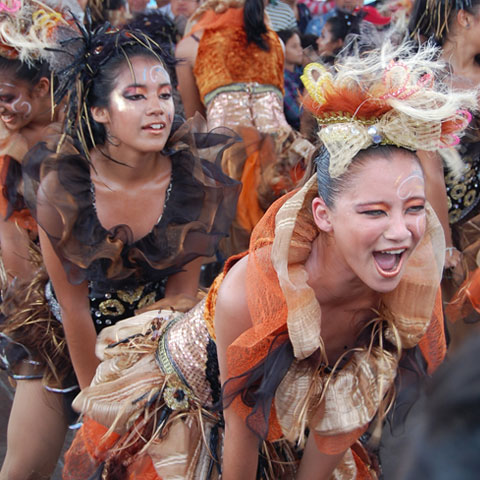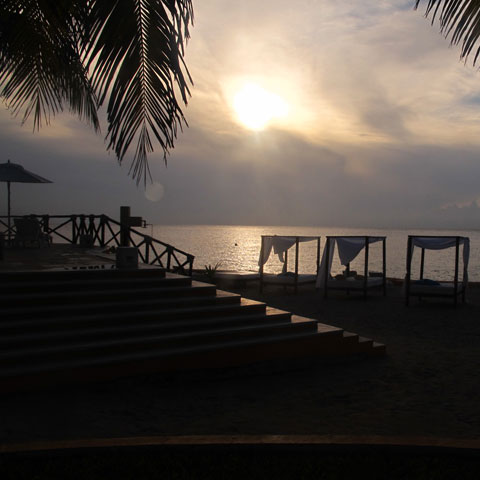Calesas, once a romanticized symbol of Cozumel’s laid-back charm, are traditional horse-drawn carriages that have long been part of the island’s touristic appeal. With their polished wooden frames and clinking reins, they were meant to evoke a sense of nostalgia—a throwback to quieter times. But nostalgia can be blinding. And what was once quaint now turns into something undeniably cruel.

These carriages have a cultural history, yes. They’re tied to an era when transportation was slower, life less chaotic, and horses weren’t forced to share pavement with roaring cars and aggressive scooters. But let’s not mistake cultural heritage for ethical immunity. Just because something has been around for a while doesn’t mean it deserves to stay, especially when it comes at the expense of sentient beings.
Over the past few years, Cozumel has seen a shift (thankfully) toward replacing these horse-drawn calesas with electric alternatives. It’s a move that doesn’t just make sense; it’s long overdue. Horses dragging humans through 30-degree heat, on unforgiving asphalt, sandwiched between honking traffic and construction noise? That’s not tradition. That’s torment.

Invoking tradition to excuse cruelty is a tired, hollow defense—and one that persists. The argument goes something like this: “It’s part of our culture, it’s always been this way.” But longevity doesn’t make something right; it just makes it familiar. Take cockfighting, for instance. It’s still celebrated in some regions as a proud cultural ritual, despite being little more than orchestrated bloodsport. Two terrified animals are thrown into a pit while people cheer their suffering. The fact that it’s wrapped in the language of heritage doesn’t cleanse it of what it really is: exploitation for entertainment. Just like with calesas, tradition becomes a convenient cloak that conceals violence under the guise of identity. But culture should grow, not ossify into cruelty.
Let’s talk plainly. These animals are overworked. They labor in extreme conditions with minimal rest and scarce access to water. They haul heavy carriages filled with tourists and, occasionally, loudspeakers blaring music. Many are visibly malnourished, their ribs jutting out while they trudge through the Malecón, leaving behind more than just the occasional hoofprint. Yes, the stench is unmistakable, it clings to the air and ruin a couple blocks of what was meant to be a relaxing walk along the Malecón.

There’s nothing charming about watching a horse collapse from exhaustion mid-traffic. Nothing quaint about a living creature forced to serve as entertainment in a modern, concrete city where their needs are last on the list. And while they’re out there trying not to fall apart under the weight of it all, their human counterparts cash in on the illusion of an “authentic experience.”

This is where electric calesas come in. Sleek, quiet, and mercifully humane, they offer a glimpse of what tourism can look like when we evolve past cruelty. It’s a step forward (still symbolic, still scenic) without the cost of suffering. Transitioning entirely to electric carriages isn’t about erasing history, but about choosing which parts of history deserve to be honored and which are better left behind.
With enough pressure, enough empathy, and perhaps a bit less tolerance for the smell of horse poop on a 2 p.m. stroll, we can push toward a version of Cozumel that respects both its past and its living present. One where the only thing that breaks down mid-tour is a battery, not a being with a pulse.
By Bee Díaz









